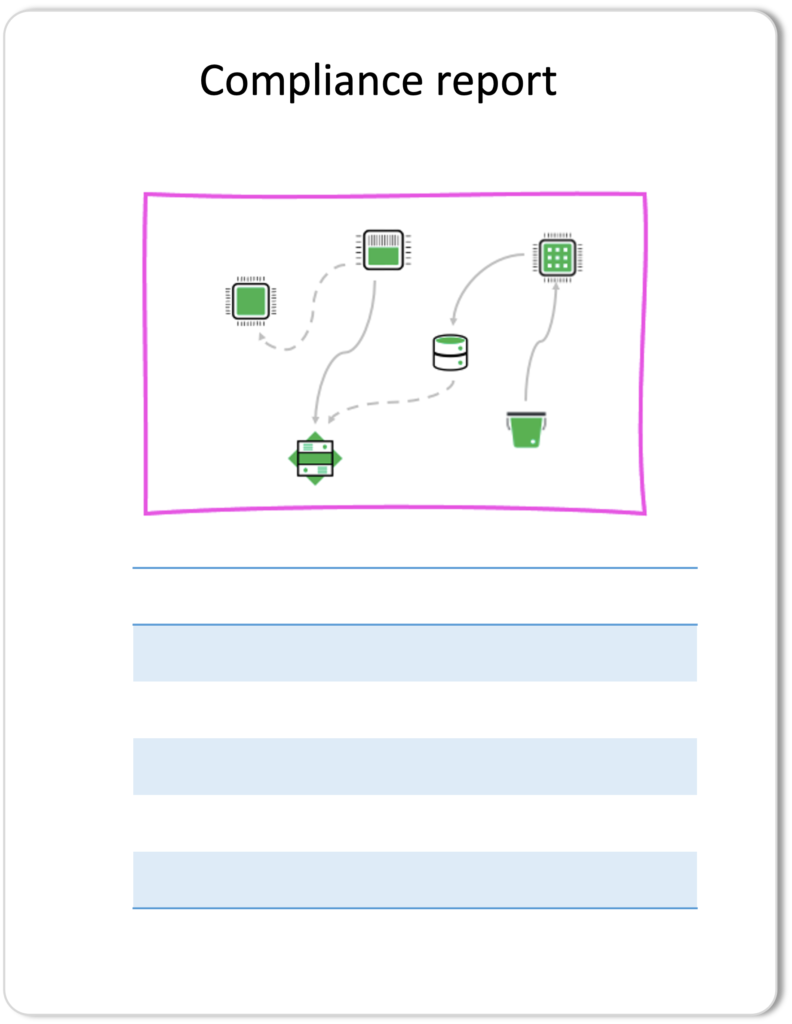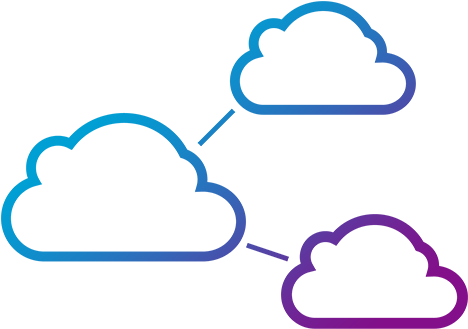Linode architecture diagram tool
Holori makes it easy to create Linode diagram, estimate costs & export terraform
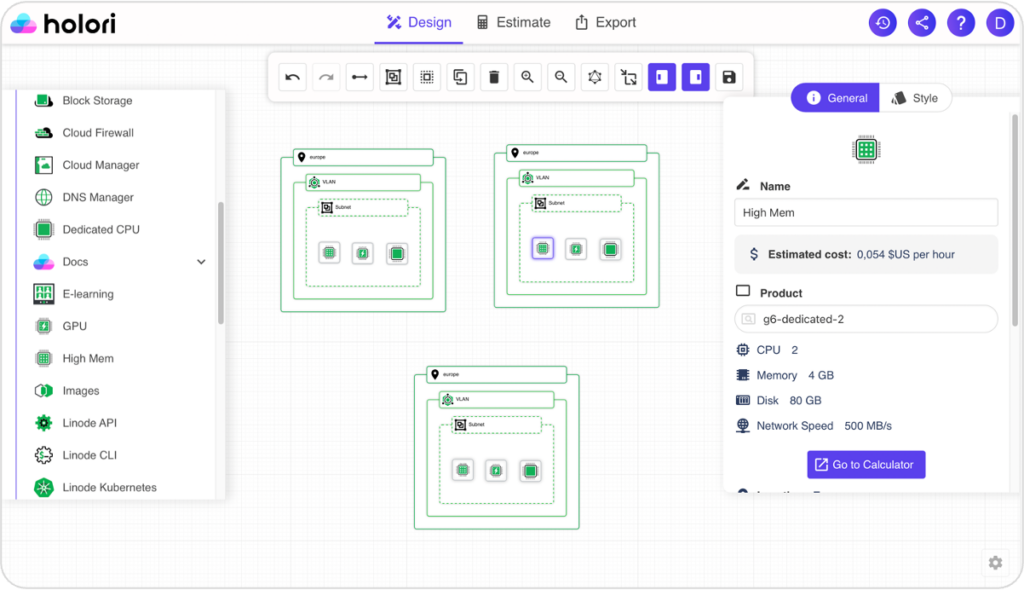
Made for drawing Linode diagrams
Holori diagramming tool uses the latest Linode icons and has the most complete Linode icons library you can find! There is no other diagramming solutions that comes with pre-built linode icons library!
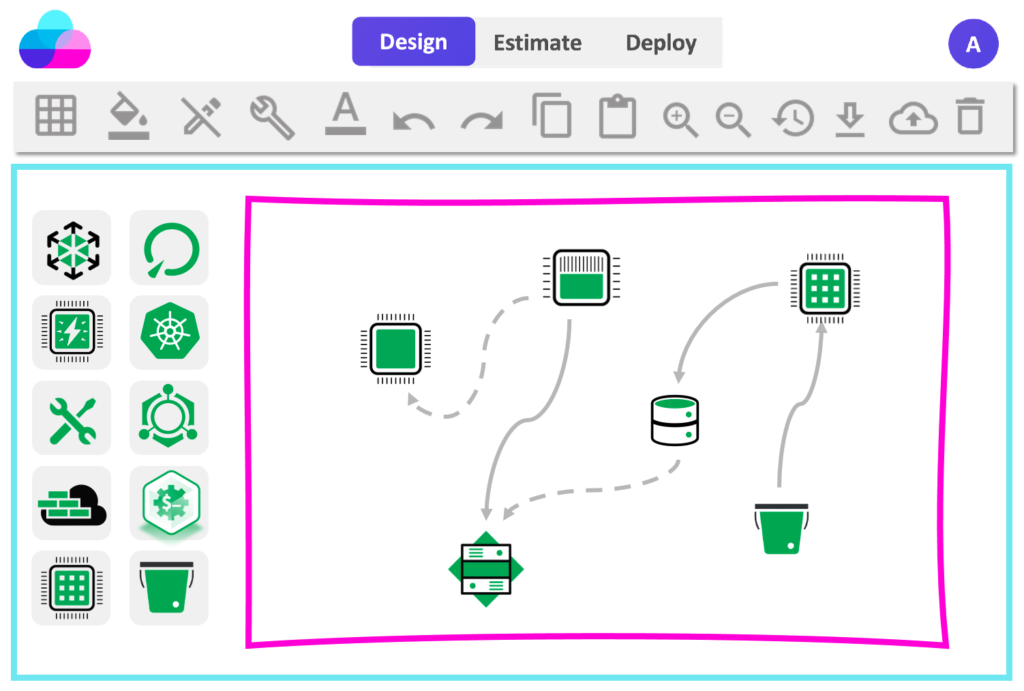
Forecast your Linode Cloud costs
Forecasting cloud expenses is an essential step before deploying your infrastructure. Holori empowers you to obtain precise cost projections for each Linode resource integrated into your infrastructure diagram. With Holori, you can seamlessly design your Linode-based architecture while simultaneously estimating the associated cloud costs. This integrated approach simplifies the exploration of various architectural configurations, allowing you to fine-tune and optimize your Linode cloud expenses. Rest assured, Holori is seamlessly connected to the Linode price list API, ensuring that your cost estimates remain consistently accurate.
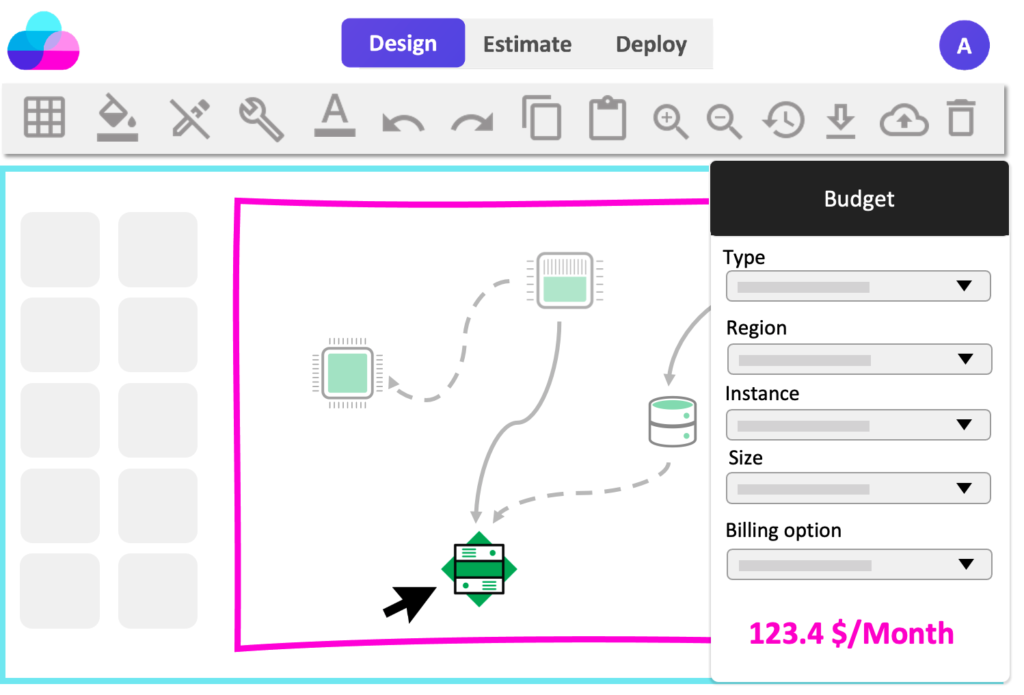
Enjoy a collaborative tool
IT and DevOps teams are increasingly dispersed across various locations. The rise of remote work has expedited this phenomenon, necessitating fresh collaboration tools for managing their Linode infrastructure. This is especially crucial as their infrastructure frequently serves multiple projects, stakeholders, and departments. By employing Holori, the Linode architecture diagram tool, you can instill transparency throughout your entire organization, including your finance department, which requires visibility into costs!

Generate Linode technical architecture documentation
Holori offers automatically generated documentation for Linode. Whenever you make changes to your diagrams, a fresh set of technical documentation becomes instantly accessible for download in various formats like PDF, CSV, Word, and more. You have the flexibility to configure documentation templates tailored to your specific requirements, and these templates will be automatically populated with data as modifications are made. The automated generation of technical documentation not only conserves valuable time for your engineering team but also ensures that your infrastructure remains compliant with regulations such as GDPR, SOC 2, PCI, and others.
